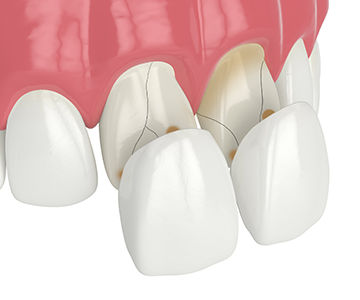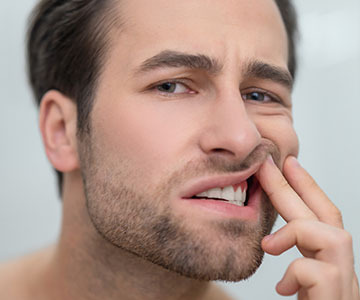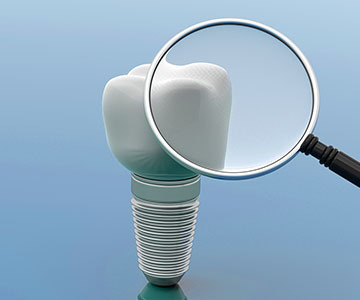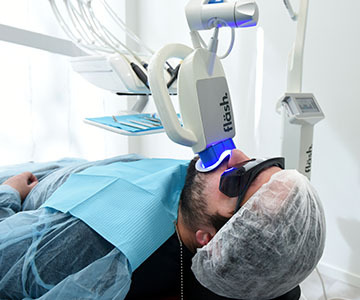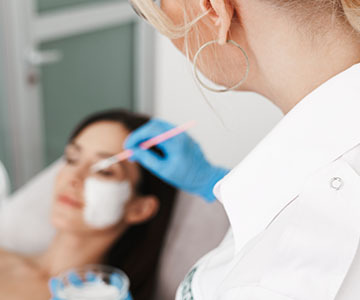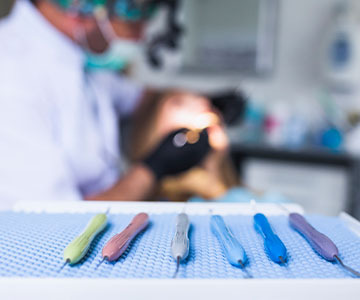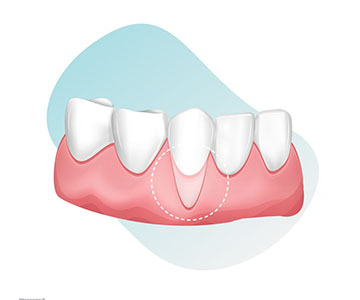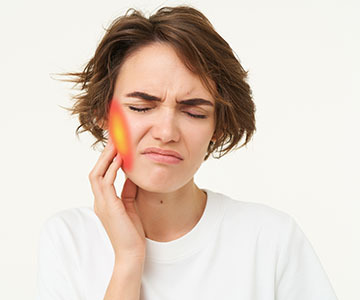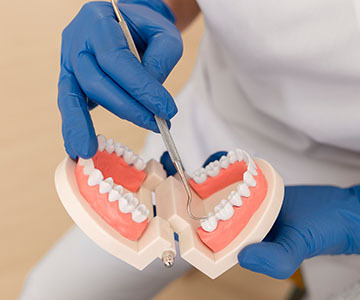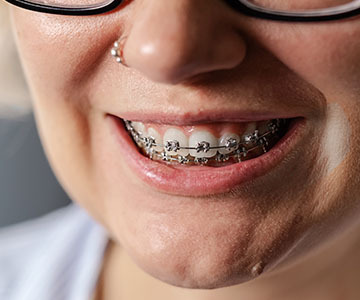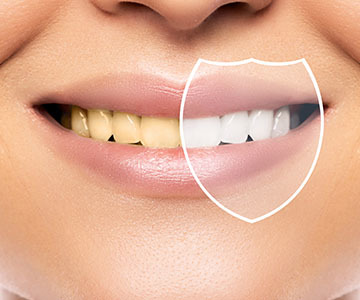What is veneering and what to know about this procedure.
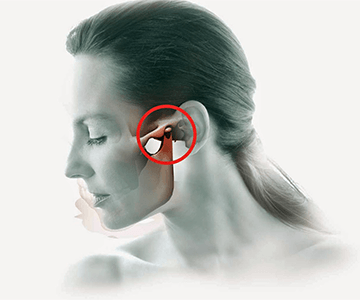
What is Gnatology?
29 November 2021
Gnathology - is one of the modern fields of dentistry, which studies the relationship between the organs and tissues of the jaw and tooth systems, the norm and many different pathologies. The science that studies the physiological characteristics of the jaw and tooth systems is closely related to all other fields of dentistry, be it orthodontics, prosthodontics etc. The rules of Gnathology are taken into account in any type of dental treatment process. The main starting point of any occlusive reconstruction is gnathological treatment.
Any intervention in the oral cavity will be this therapeutic treatment, if a long process of complex reconstruction of the jaw-teeth, should be carried out taking into account the individual characteristics of the patient's jaw and face. Improperly performed orthopedic, orthodontic, therapeutic or any other type of dental treatment can cause a number of problems in the area of the wrist and lower jaw joint. For example, problems may manifest as the following symptoms: pain in the jaw and upper face, a tingling sensation in the bones, stretching of the jaw muscle, restriction of wide opening of the mouth, a whistling sound in the ears. A gnathologist can quickly identify the underlying cause of the problem, restore oral harmony in the oral cavity, analyze all existing patient health problems according to cause-and-effect relationships, and suggest the most modern, optimal ways to treat pathologies. The goal of gnathology is to treat bruxism (an increase in the tone of the muscles involved in the movement of the lower jaw or hypertension, during which the hard tissue of the tooth (same enamel) wears out), to straighten the dentition or to restore the height of the tooth arch. Disappearance. The treatment lasts for 4 to 6 months, through special transparent caps, which are placed on the teeth of the lower jaw and are quite comfortable for the patient.
When to start a gnathological treatment?
In patients in need of gnathological treatment, problems with organs and tissues of the jaw and tooth systems may present with many different symptoms. These may include: stretching of the face and joints, restriction of mouth opening, wheezing in the ears, headache (in the morning), and pain in the groin and lower jaw. If the patient suffers from one or more of the symptoms listed below, gnathological treatment is necessary. It is necessary to plan a visit to the gnathologist and to examine the patient's oral cavity and, if necessary, to take a diagnostic X-ray in the area of the joints.
Gnathological and orthodontic treatment in adolescents.
Orthodontic treatment with braces or caps and plates is now widely used in adolescent patients. It is effective at any age, but for the most part it is applied from 10 to 14 years, because at this time the organs of the mouth and facial bones are still in the process of growth and the teeth are more "compliant" to put in the correct position. At an early age, the contacts of the teeth are constantly changing during variable occlusion, therefore in order to achieve the desired result, initiation of gnathological supervision and treatment, in conjunction with orthodontic treatment, is recommended in the last phase of orthodontic treatment, from 13-14 years.
How is gnathological treatment performed?
In the first stage of treatment it is necessary to inform the patient as patients do not have direct information about this new field. სAfter the onset of symptoms, in addition to consulting a neurologist, maxillofacial surgeon or otolaryngologist, the patient should also consult a gnathologist. First, a 3D X-ray should be taken of the area of the mandibular joint and the flatness of the dental arch should be determined. 3D computed tomography is one of the main means of diagnosing gnathological patients. It provides a detailed discussion of both joints in millimeters. At the next stage, the gnathologist determines the individual treatment plan of the patient.
Complete diagnosis, treatment planning and dental manipulation performed to the maximum degree, both gnathological and other treatments, are the prerequisites for a healthy smile.
Dental diseases that you should pay special attention to.
The main goal of our clinic is to create a confident smile.
Non-alternative treatment method for adentia
Modern dentistry offers patients various methods of teeth cleaning and whitening.
Environmental factors that have an affect on our oral health and teeth.
Periodontitis is the most common dental disease.
Development of aesthetic dentistry till the 21st century.
Dental problems that are especially relevant in certain age groups.
The dental problems that are asymptomatic in the initial stages.
Gum problems caused by genetics and ways to solve them.
Causes and first symptoms of gingival recession.
What is gnathology and when should we consult a gnathologist?
New year - new smile
Tips for healthy teeth.
Full range of prosthodontic services.
Increased sensitivity of the teeth
A step-by-step guide to adult braces.
Teeth and general health.
Oral care tips for smokers.
